0
You have 0 items in your cart
This page is home to FREE night and landscape photography tutorials, both written and video. Learn the basics of landscape photography or go further in a more advanced topic. I started these with the hope that these would inspire and teach you some landscape photography tips, my approach, my philosophy, and a bit of my workflow.
Every landscape photograph taken, past and present, is a combination of composition, light (and potentially colour). That’s not to say that every landscape photograph uses light correctly or has a compelling composition. It’s usually the opposite, many (including my own) fall short in one or both. This failing is what leaves our viewer and ourselves unsatisfied with the image. The purpose of this article is to help you recognize the types of light that exist combined with a solid understanding of the subject in composition, can create compelling landscape photography that first speaks to you, and ultimately, the viewer.
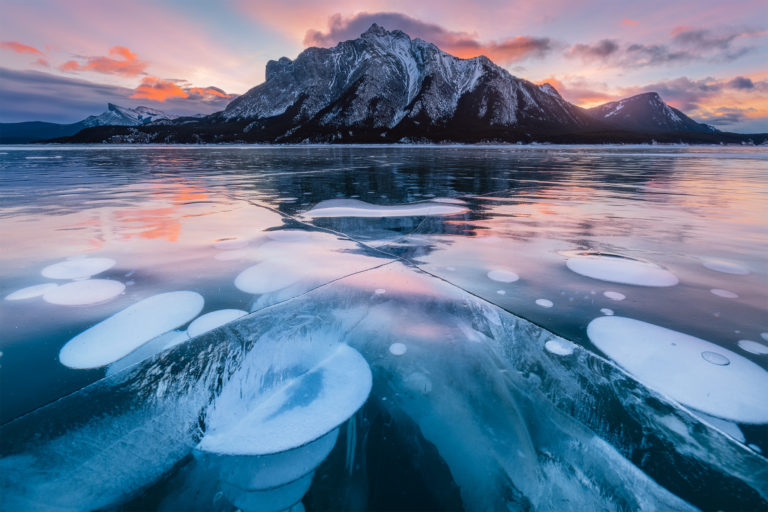
Intimate landscape photography is an opportunity for the photographer to slow down and appreciate the smaller details. It’s an invitation to experience a deeper connection with nature and helps us better understand our emotional connection with the landscape. In short, intimate landscapes (or abstract landscape photography) are smaller scenes extracted from the grand landscape. The purpose of this article is to give you six tips for finding and composing these small scenes in nature.
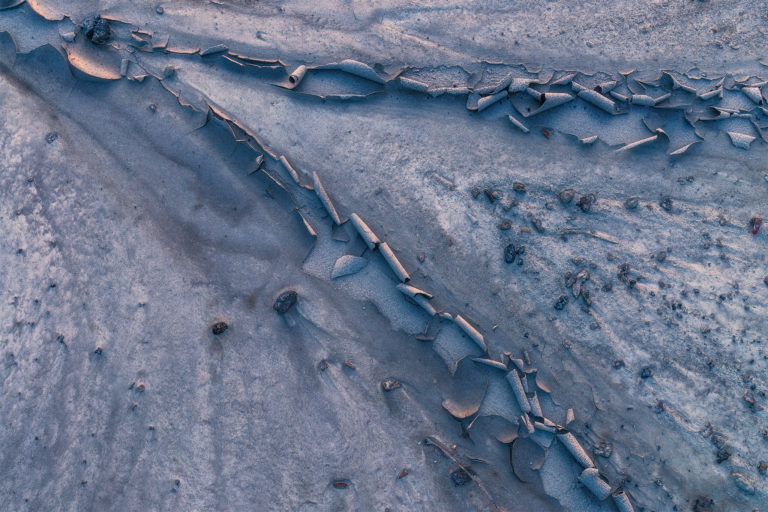
Have you wondered how to photograph the night sky? Do you enjoy taking pictures of the stars, but wish you could get better results? In this night photography guide for beginners, you will learn all you need to know about photographing the night sky with the landscape. By the end of this article you will understand the fundamentals of night photography, the camera settings required, and, as a bonus, the six things I wish I knew when I began night photography.
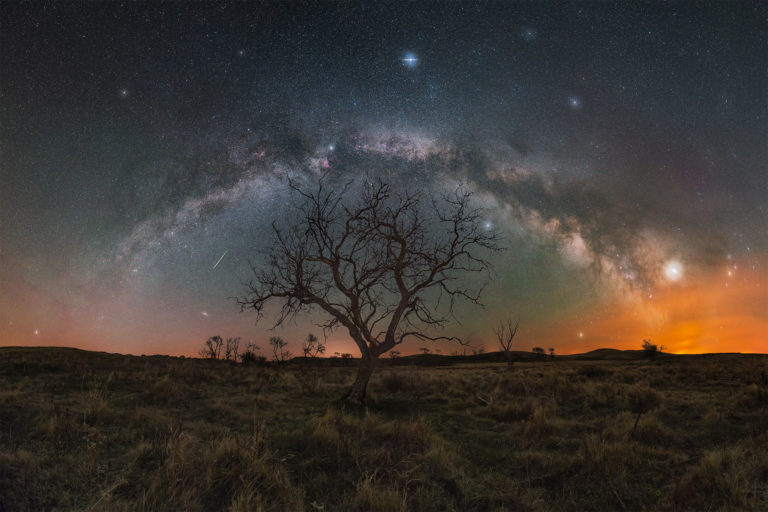
This is an article I wrote for another website and covers my enjoyment of Deepscape landscape astrophotography. The goal of this article is to engage people with the night sky beyond just the milky way. To hopefully shift people into more creative pursuits of night photography. In the article, I cover my journey into Deepscapes, chat about how I approach them and go through the story behind my NASA APOD winning Deepscape photograph of the cosmic triangle created by the Moon, Venus, and the Pleiades.
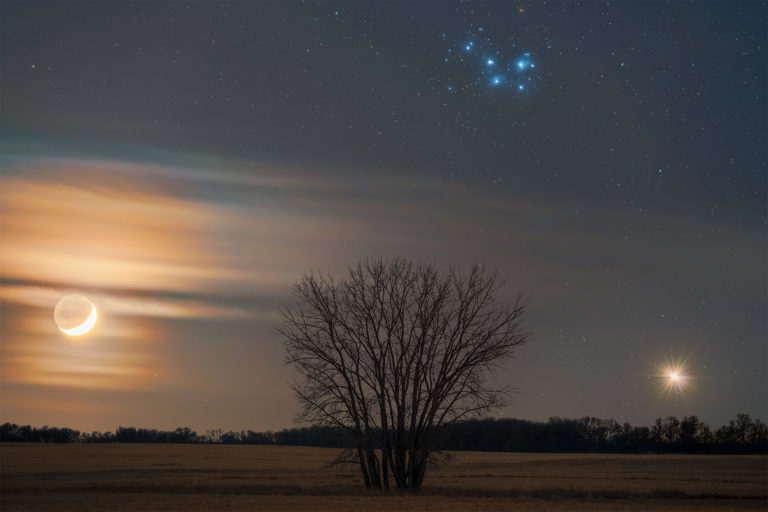
We’ll explore how expectations can limit creativity in landscape photography, using a personal experience at Lake Minnewanka to illustrate this point. By shedding preconceived notions, the photographer can discover overlooked details and emotional narratives within the landscape, capturing intimate, emotionally resonant images that transcend traditional compositions and connect with viewers on a deeper, more profound level. First published in Landscape Photography Magazine in 2020.
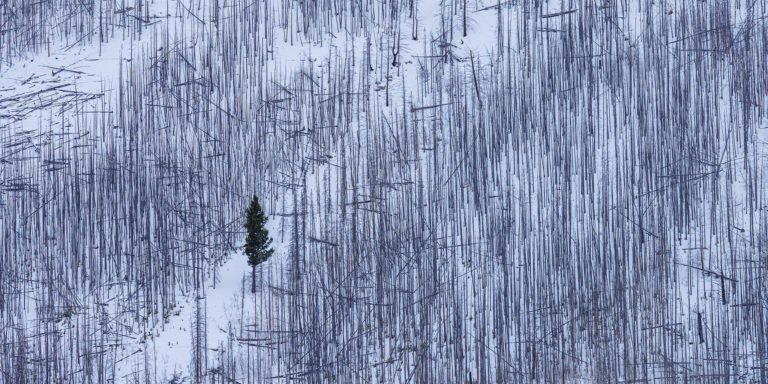
When I first picked up night photography a few years ago, planning barely included filling up my car with gas. I’d simply drive away from the city in any direction, moon or no moon, and snap a photo. It didn’t take long before I became frustrated with this approach and I determined I needed to learn the tools that it takes to plan thoroughly for night photography. The other thing you need to know about me, I am cheap. So my planning workflow needed to include tools that were completely free for me to use.
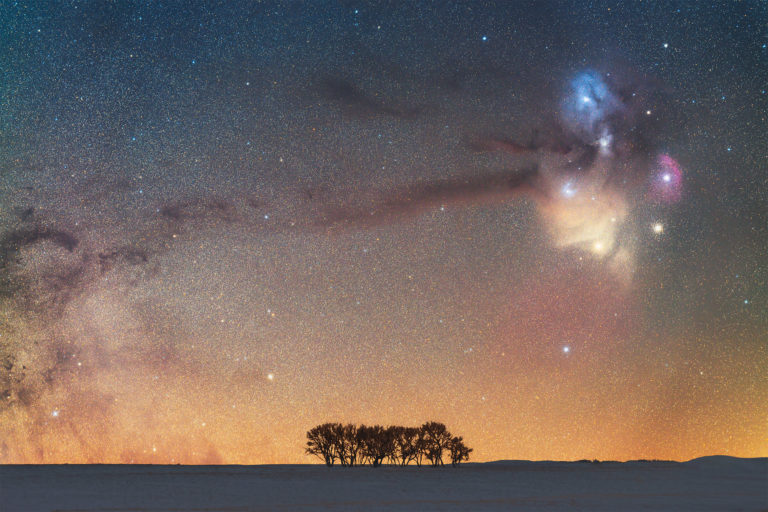
For many nature photographers, a love of nature comes first and the camera second; my story is slightly different. I wrote this article for Canadian Parks and Wilderness Society Saskatchewan Chapter as a way to share my story, why I love nature and why I think it is worth preserving. Click the button below to read it.
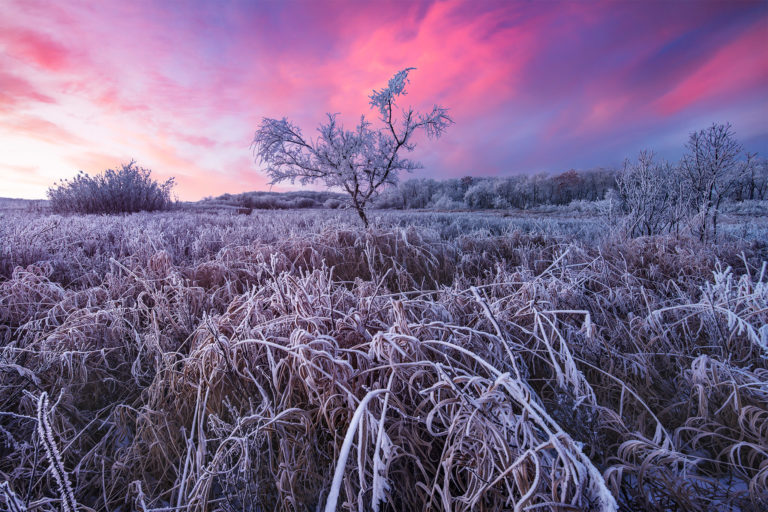
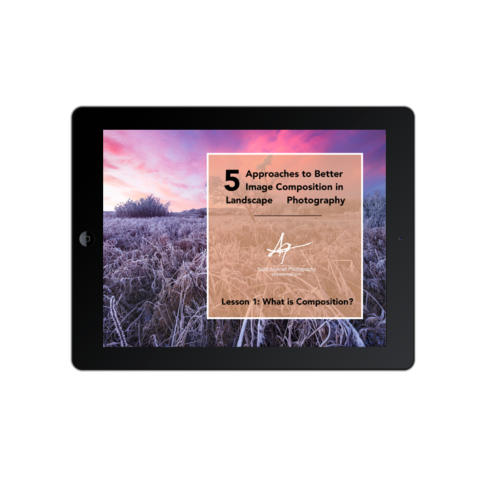
Download this FREE, 5-day landscape photography course on image composition in landscape photography. Learn, via email, about image composition, the importance of a subject, how to arrange successful images, and my 5 favourite approaches in the field.
Landscape photographers live and die with good light. It is the pursuit of light that moves us further into the landscape. But does photographing amazing light always translate to amazing photographs? Most of us know that is rarely the case. Light alone cannot carry your photograph. A good landscape photograph is made up of two halves: light and image composition. No matter what you end up photographing, how you compose your image is very important. So, understanding what image composition is, how to support your subject, and 5 approaches to use in the field, will give you the tools to create stunning landscape photos. Find out more in this free eCourse.
Check out my YouTube Channel for a complete listing of all of my photography vlogs and tutorials.
Starting landscape photography? Here are the 5 landscape photography tips I wish I knew when I was a beginner. In this tutorial, you’ll learn that new cameras and lenses aren’t going to improve your photos, how to think about settings and exposure differently, the first step to creative landscape photography, destination vs. local photography, and getting the right light for your scene.
Light is arguably THE most important part of landscape photography. In this landscape photography tutorial, I’ve distilled the types of light into three main types. Recognizing light will help move you from beginner to master of landscape photography. Understanding light will help you take better photos and aid you in your compositions. I hope that this beginner landscape photography tutorial encourages you to become a student of light. Which I believe helps us tell the stories, and find the freedom to express, what we need to express in our landscape photography.
In this landscape photography tutorial, I’ll review 6 tips for better composition in your nature and landscape photography. However, this isn’t just another video talking about the rule of thirds and other rules for image composition. My goal is that by the end of this tutorial, you’re encouraged to free yourself from restrictive composition rules in landscape photography so you can be truly creative. To help you with that, I’ll be sharing my 5 favorite approaches to composition in the field, and share some tips for defining the subject of your photo.
This is a landscape photography tutorial where I teach you how to focus stack your landscape photos in Photoshop and in the field. It is a photographic and post-processing technique used to overcome softness in the parts of your photos that aren’t in perfect focus. Also, I will include one tip that saved me hours and isn’t a technique that many know about.